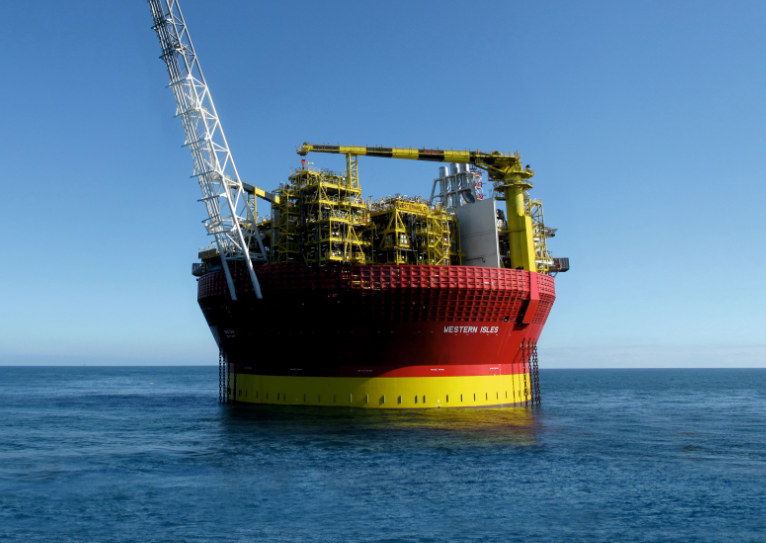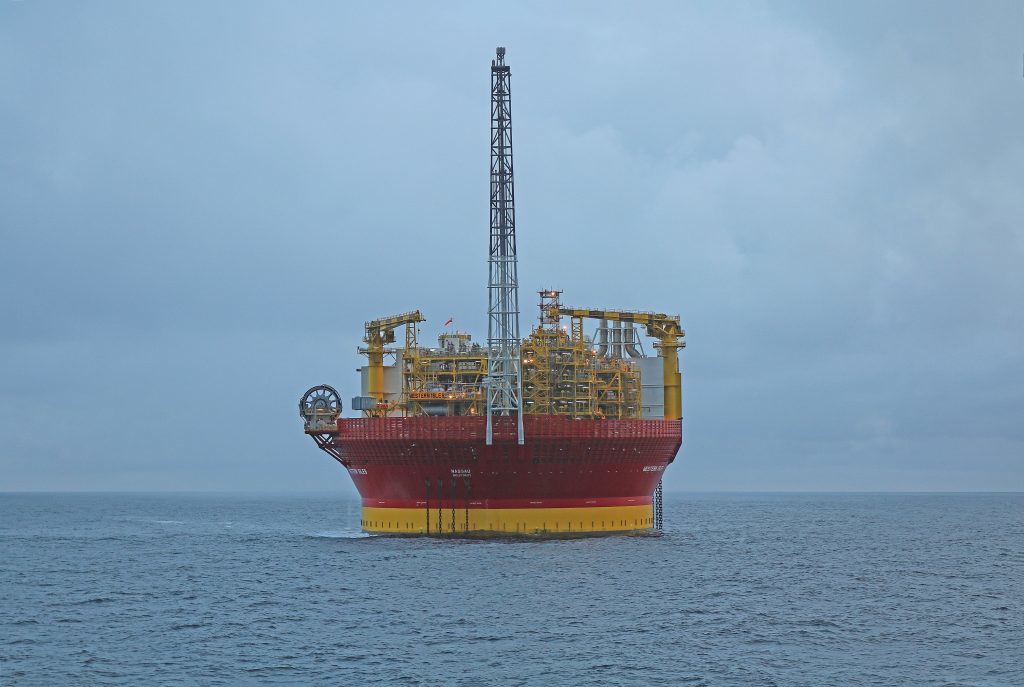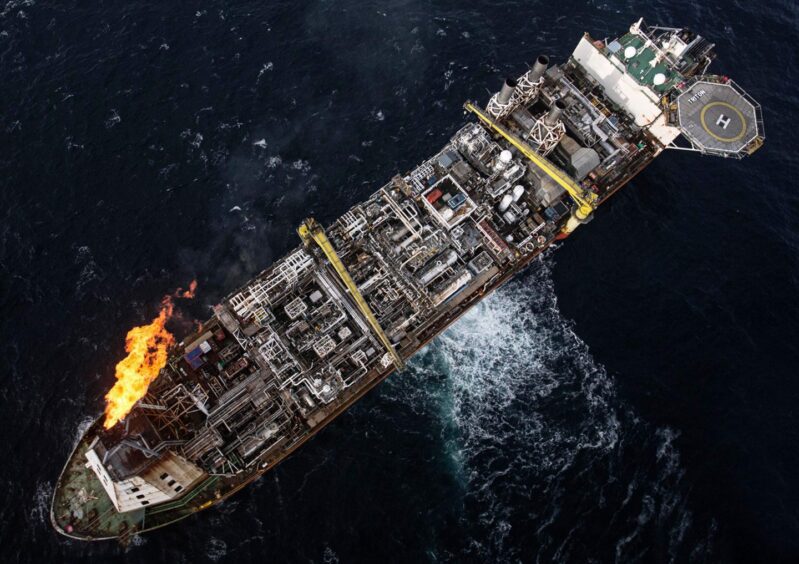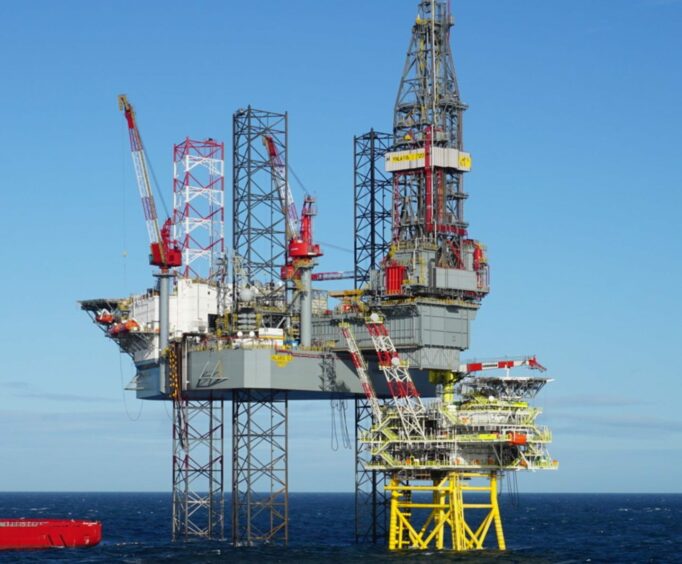
Dana Petroleum has set a rough date for the removal of the Western Isles floating production storage and offloading (FPSO) ship.
An agreement with equity partner Neo Energy was reached during Q2 to cease production from the North Sea vessel “on or around” March 31, 2024.
“All the necessary disclosures and paperwork have been submitted to the authorities in the UK to progress to this phase and the appropriate documentation will be prepared as the decommissioning project matures,” Dana said in its full year results for 2022.
It follows the submission of a draft decommissioning plan for the Western Isles FPSO with Offshore Petroleum Regulator for Environment and Decommissioning (OPRED) in February.
In the proposals Dana said work to prepare the floating asset for removal could start as early as Q4 this year, though its ultimate fate is still under wraps.
Designed by Sevan SSP, the Western Isles produces from the Harris and Barra fields around 100 miles east of Shetland in the Northern North Sea.
Korea National Oil Corporation-backed Dana has a 77% operated stake in the asset, while the remaining 23% is held by Neo Energy.
According to the group the vessel will be disconnected from its mooring system and risers, before being towed to port for cleaning and/or refurbishment.
From there the vessel, built in 2017, will either be reused or sent to a licensed facility for dismantling and recycling.
“Should no reuse option be identified OPRED will be advised on the fate of the vessel,” Dana stated previously.
A £212m windfall tax hit
The timeline for the removal of the Western Isles vessel was included in the group’s 2022 results, released on Companies House this week.
In the annual report Dana divulged pre-tax profits for the year of £371 million, a huge jump on the £22m recorded in 2021.
Revenue totalled £839, up from £298m the previous year, as the company reaped the benefits of sustained high oil and gas prices.
The industry’s bountiful takings proved to be a double-edged sword though with the introduction of the government’s energy profits levy.
More commonly known as the North Sea windfall tax, the policy was first unveiled in May 2022, before a doubling down a few months later.
The EPL means oil and gas companies currently have to contend with a headline levy rate of 75%, though there are investment incentives to offset this.
As a result of the policy Dana was hit with an additional windfall tax charge of £212 million for 2022.
Tolmount East to start up at end of the year/early next
The company’s improved results were also the result of production from the Tolmount field, with first gas achieved in April 2022.
Dana is a 50% partner alongside operator Harbour Energy in the Southern North Sea gas development.
There are plans to develop the region further too through Tolmount East, a tie-back to the existing platform.
Harbour Energy completed a development well at the extension earlier this year, and Dana has now confirmed it is on course to start producing in late Q4 2023, early Q1 2024.
Away from Tolmount Dana has “committed to drilling” two further UK prospects this year – Earn and K2, the latter of which is operated by Ithaca Energy.


 © Supplied by Dana Petroleum
© Supplied by Dana Petroleum © Supplied by Harbour Energy
© Supplied by Harbour Energy